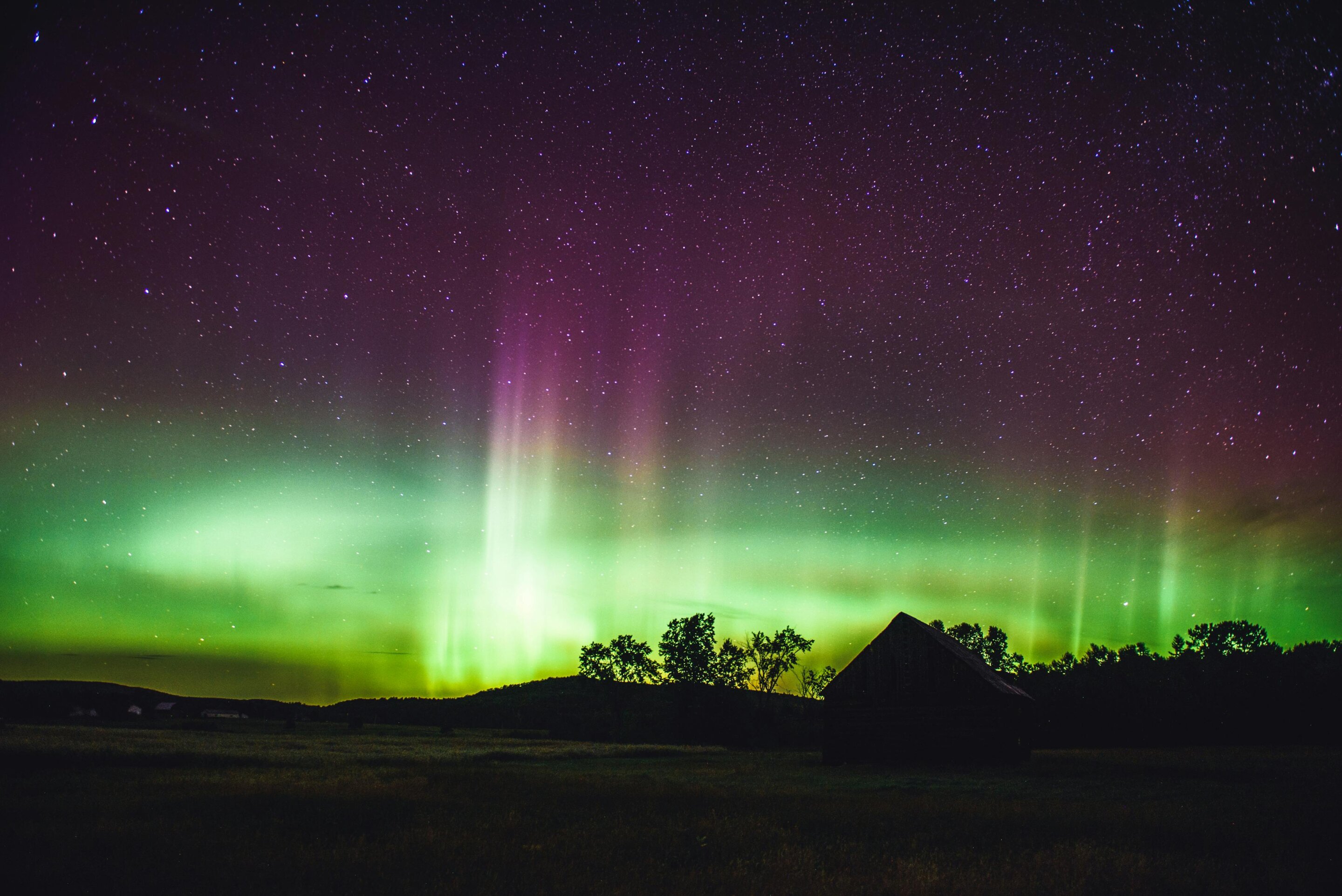The aurora borealis, more commonly known as the northern lights, is one of nature's most awe-inspiring spectacles. This magnificent display of color occurs when charged particles from the sun collide with the Earth’s atmosphere, resulting in beautiful waves of green, blue, purple, and other hues dancing across the night sky. This year, people in the upper regions of the United States are in for a treat as a geomagnetic storm is expected to bring these stunning lights much farther south than usual. On the evenings of Thursday and Friday, there may be opportunities to view these enchanting lights as far south as parts of Alabama and California.
Understanding Geomagnetic Storms
Geomagnetic storms are disturbances in the magnetosphere caused by solar winds and coronal mass ejections (CMEs). When the sun ejects large amounts of plasma and magnetic fields into space, they can interact with Earth’s magnetic field, leading to heightened auroral activity.
Key Factors in Geomagnetic Storms
- Solar Activity: The sun operates on an approximately 11-year cycle, with varying levels of activity. During solar maximum, increased sunspot activity leads to a higher likelihood of CMEs.
- Earth’s Magnetic Field: The strength and orientation of Earth's magnetic field can amplify or lessen the impact of solar storms.
- Particle Density: The density of particles carried by solar wind affects the visibility and intensity of auroras. Higher densities lead to brighter displays.
- Geographic Location: Proximity to the magnetic poles enhances chances of witnessing auroras.
Upcoming Aurora Viewing Opportunity
According to the Space Weather Prediction Center, a G4 (severe) geomagnetic storm is anticipated, making it likely that auroras will be visible across many northern states. Here’s a look at what this means for potential viewers:
| Storm Level | Description | Typical Visibility Range | Location |
|---|---|---|---|
| G1 (Minor) | Slight fluctuations in power grid operations. | High latitudes | Canada, Alaska |
| G2 (Moderate) | Possible voltage alarms, increased auroras. | Northern U.S. and Canada | Montana, North Dakota, northern regions |
| G3 (Strong) | Effects on satellites, radio signals may be disrupted. | Central U.S. to Canada | New York, Iowa |
| G4 (Severe) | Further disturbances to power grids and satellites. | As far south as Alabama and California | Most of the northern tier U.S. |
Tips for Aurora Viewing
Experiencing the northern lights can be unpredictable, but here are some essential tips to increase the chances of witnessing the aurora:
- Check the Forecast: Utilize space weather websites and apps to monitor current and predicted auroral activity.
- Find a Dark Location: Leave urban settings behind to avoid light pollution. Parks and rural areas are ideal.
- Use Technology: Apps that specialize in aurora forecasts can alert you when conditions are favorable.
- Dress Warmly: Expect to be outside for extended periods, so wear appropriate clothing to stay warm.
- Bring a Camera: Capture the stunning visuals of this extraordinary event, using long exposure settings if possible.
Future Aurora Activity Trends
While this week may bring an excellent chance to observe the northern lights, experts indicate that solar activity is on the rise overall, meaning more opportunities to chase auroras in the months ahead:
| Month | Expected Aurora Activity Level |
|---|---|
| October | High |
| November | Very High |
| December | High |
| January | Moderate |
Conclusion
The upcoming G4 geomagnetic storm presents an exciting opportunity for the public to catch a glimpse of the stunning aurora borealis. Utilizing the tips and understanding the factors that influence auroral visibility can help enhance the viewing experience. For many, witnessing the northern lights is a once-in-a-lifetime experience that underscores the beauty and unpredictability of our universe.
For More Information
For those looking to explore more about the auroras, check out the following sources:
- Solar storms may cause faint auroras overnight in parts of Northern Hemisphere
- The northern lights, aka 'aurora borealis,' could be coming to a sky near you this week
- The northern lights might again be visible in the US as solar activity increases
Stay tuned to reliable weather sources and enjoy the spectacular show the universe has to offer!
For additional details and perspectives, refer to the news article from UniversityToday.





